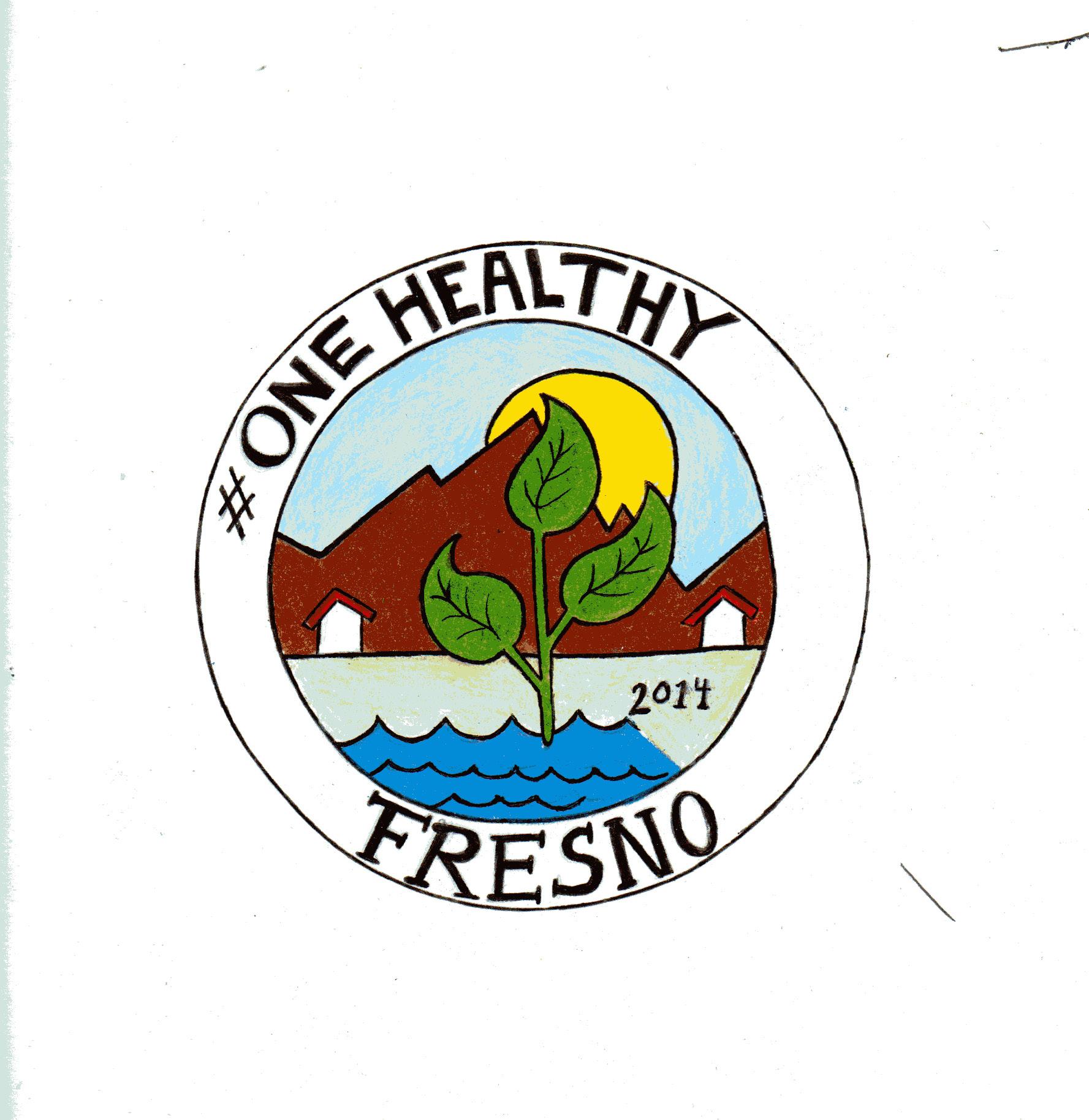
3 minute read
The San Joaquin River: To Experience It is to Love It
BY KYLE MOUA YOUTH REPORTER
The San Joaquin River defines Fresno’s entire northern boundary, yet many Fresnans haven’t touched the crystal clear water, or even know where it is.
Advertisement
The San Joaquin River is California’s second longest river. Beginning from the high Sierra mountains, it flows past Millerton Lake, through Fresno, west to Mendota, then journeys north past Stockton and out to the Delta and Bay Area waters. The total length from the snow-capped mountains to the Pacific Ocean is nearly 400 miles.
Once upon a time, the river was wide and deep enough to hold large riverboats and barges, like the ones that still cruise the Mississippi River. It was a highway for commerce, travel and recreation. The water fed the farmlands of central California and was an extraordinary ecosystem for hundreds of species of birds, fish and mammals.
In the early part of the twentieth century, the river was dammed to capture water for the agriculture industry of the Central Valley, which was among the world’s most fertile and prosperous areas. Construction of the Friant Dam began in 1937. It was officially dedicated in 1949.
But capturing water for the Central Valley agriculture industry turned the mighty San Joaquin into a mere shallow river. The dam caused some 60 miles of the river to run dry past Mendota, essentially killing the oncethriving salmon population. For all of the good the dam provided to the area, there was just as much damage done to the environment, ecosystem and culture of the region.
In 2006, after nearly two decades of litigation, environmental groups, anglers and the United States Bureau of Reclamation reached an agreement to share the water. Thus began the San restore the salmon flows, and develop areas along the river for recreation and fishing. On average, the farming industry or water districts lost 15 percent of the water to river restoration.
Presently, despite the restoration efforts, there are only a few spots at which the public can access the river. Among the most popular are Lost Lake and Sycamore Island. The remaining few locations, such as Wildwood Native Park, Camp Pashayan, Fort Washington Beach and Jensen River Ranch, are so obscure to the general public that they have little public use. Most of the land around the San Joaquin River is farmland to the north, with golf courses and private homes to the south.
The San Joaquin River offers a multitude of recreational opportunities for families, including picnicking, swimming, canoeing and water sports. It is an area still rich in animal life and breathtaking beauty. Many longtime advocates of the river lament the lack of use and support it receives.
The San Joaquin River Parkway and Conservation Trust, along with the San Joaquin Conservancy, are purchasing private lands to manage and open for the public to use. The San Joaquin River is currently undergoing an ambitious multiyear plan that includes developing new public access points and parks along the shore.
Among these parks is the Spanos Park area just below Palm and Nees in Fresno. There is also a plan to build a trail for runners and horseback riders that will span the entire length of Fresno’s northern border, from Friant Dam to Highway 99.
There are a number of organizations that run canoe and kayak trips along the river. Those three-hour trips whisk people away from urban life and into crystal clear waters that wind through ancient oak trees and lush green banks. South of Fresno, at Skaggs Park, people fill the beaches along the river to swim, fish and enjoy inflatable boats. But the development of the San Joaquin River is not without its hiccups and detractors. Some agricultural factions do not like the agreement of sharing water that was reached between farmers/water districts and environmental groups. Some private homeowners do not want the public to go through their neighborhoods to access new public lands on the river. The money needed to develop the river, the parks and public access faces federal scrutiny every year.

Many people in Fresno and the Central Valley have never been on the river or experienced it.
Steve Thao, a longtime advocate of the river, says “to experience the river is to love it.”
Many people hear the rhetoric of “fish verses farm,” but to actually see and experience the river, and to see families enjoy it, makes it difficult to argue against it. It offers the health benefits of getting outdoors and being active, along with the pride of an improved quality of life through a developed river with trails, parks and activity around it. The world would be a lesser place if we lost mighty rivers such as this one.
The San Joaquin River offers great adventure and beauty – you just have to look for places to access it. It is one of the great gems of the Central Valley. More people should appreciate it and use it – and ultimately support the development of it.
Kyle Moua is a fly fisherman and future marine biologist currently attending Fresno City College.










